Robots don't have to be all metal and bolts. A soft robotic arm is being developed to reach out a helping hand at home. Chen Xiaoping, director of the Robotics Lab at the University of Science and Technology China, explains how the novel soft robotic arm cooperates with an unpredictable environment.
HEFEI, May 4 (Xinhua) - Can't open a bottle of water? A soft robotic arm will do it for you.
Researchers from the University of Science and Technology China (USTC) have developed a soft robotic arm that can perform delicate daily tasks.
Cleaning windows, opening doors, bottles as well as drawers, gripping a piece of tofu and drawing straight lines with a ruler are no problem for a robotic arm.
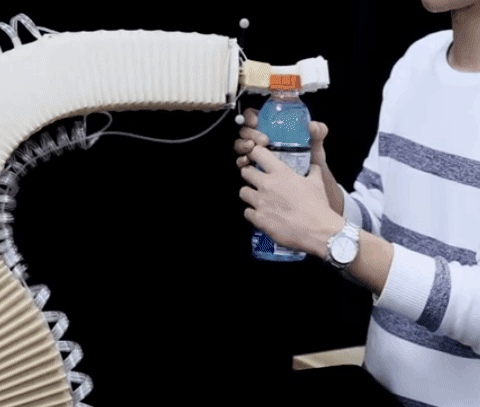
The soft robotic arm developed by USTC researchers opens a water bottle. (Photo provided to Xinhua)
Mechanical arms widely used in industry are usually stiff and rigid. They can perform with higher precision, but lack the finesse to reach and interact with an environment that is not structured and predictable.
Li Deyi, Academician of the Chinese Academy of Engineering, said in a recent speech that a fundamental problem is a contradiction between openness and closeness in the development of the new generation of artificial intelligence.
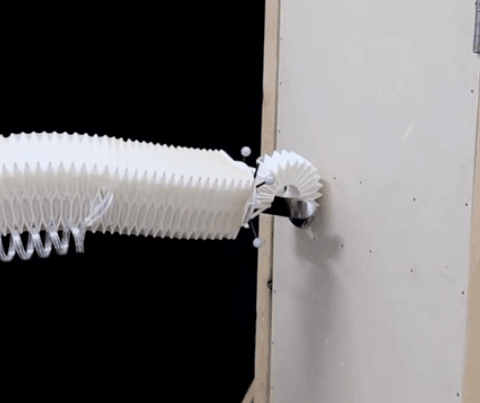
The soft robotic arm developed by USTC researchers opens a door. (Photo provided to Xinhua)
Inspired by bee honeycombs, a team of USTC researchers put forward a novel structure called Honeycomb Pneumatic Networks. It combines a honeycomb-shaped skeleton with a pneumatic network, providing stable shapes, relatively large load-bearing capacity, quick response and softer interaction with its environment.
Like hexagonal prismatic cells housing bee larvae and storing honey, a honeycomb-shaped structure can provide minimal density and high compression properties.
When the chambers in the pneumatic network inflate, the robotic arm can bend and move in all directions through changing the honeycomb structure, waving freely like an elephant trunk.
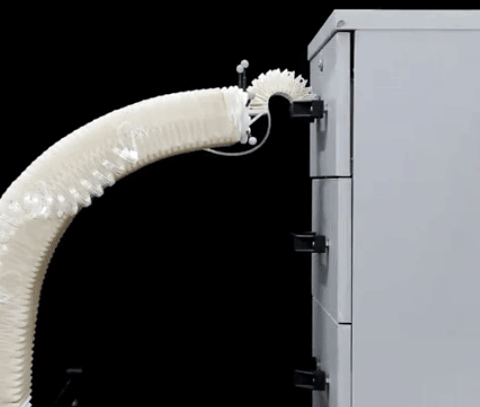
The soft robotic arm developed by USTC researchers opens a drawer when someone interferes. (Photo provided to Xinhua)
The robotic arm is very light and can be made by 3D printing. It costs about 3,500 yuan (about 500 dollars) to print a 60 cm-long robotic arm.
The cost of the control system to drive the arm is relatively high. The team currently use industrial pneumatic components, costing about 30,000 yuan. The researchers plan to develop a low-cost drive system.
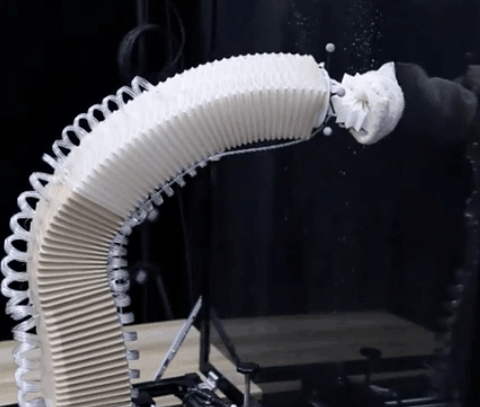
The soft robotic arm developed by USTC researchers cleans a window pane. (Photo provided to Xinhua)
The research has been published in the International Journal of Robotics Research.
Chen Xiaoping is the corresponding author of the research and director of the Robotics Lab at USTC. He said the key challenge for a robot doing housework lies in the non-closed environment, which means the artificial intelligence cannot effectively deal with the unknown variables in complicated environments such as a home. It is like a self-driving car driving autonomously in an entirely uncontrolled natural environment.
Rigid robotic manipulators require a closed environment. If a rigid robotic arm tries to turn on the microwave and a cat comes close, it could end in disaster.
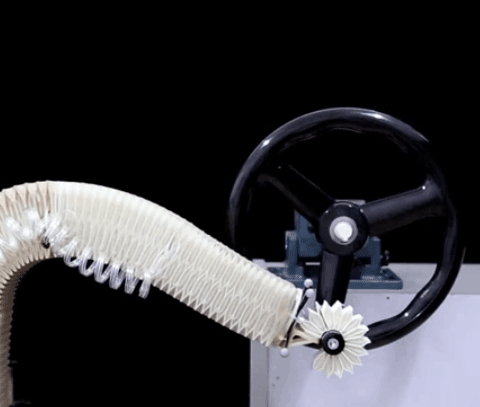
The soft robotic arm developed by USTC researchers turns a wheel. (Photo provided to Xinhua)
Chen noted that the soft robotic arm weakens the degree of difficulty of unpredictable conditions in a non-closed environment and does not need precise models and perception to perform tasks. For instance, it can open a drawer even if someone interferes.
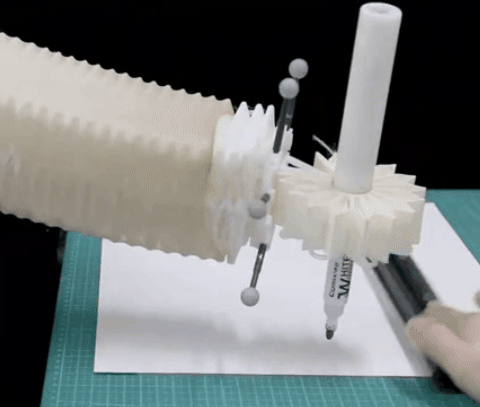
The soft robotic arm developed by USTC researchers draws a line with a ruler. (Photo provided to Xinhua)
Chen's team has picked up more than 10 awards in international RoboCup competitions, including the category for domestic robots. Chen believes that the soft arm will make these robots work better. ■




